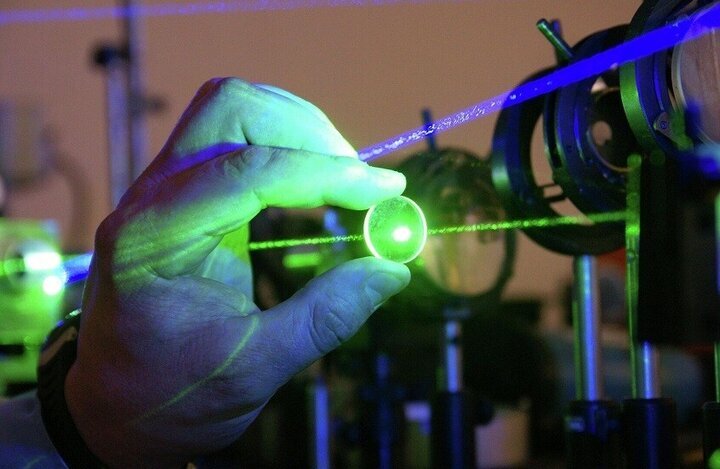China Unveils World’s Most Advanced Spy Camera: A Game Changer in Surveillance Technology
The recent advancements in surveillance technology have taken a significant leap forward, particularly with a new system developed by the Chinese Academy of Sciences. This powerful technology could potentially redefine global surveillance capabilities, allowing Beijing to monitor foreign military satellites and even recognize human faces from low-Earth orbit.
According to a report by MSN, the Aerospace Information Research Institute has accomplished a groundbreaking feat—achieving millimeter-level resolution from distances exceeding 100 kilometers (62 miles). This remarkable milestone, once deemed impossible, has been thoroughly detailed in their latest study.
The research team conducted a pivotal test over Qinghai Lake, an alpine water body located in northwest China. During this experiment, they utilized an advanced synthetic aperture lidar system, which is a laser-based imaging technology designed to provide a wide field of vision. The researchers reported exceptional clarity in their imaging results, showcasing the system’s capabilities.
Here are some key points regarding this groundbreaking development:
- High-Resolution Imaging: The system can achieve millimeter-level resolution, making it capable of detailed observation.
- Long-Distance Capability: It operates effectively over distances greater than 100 kilometers (62 miles).
- Advanced Technology: The use of synthetic aperture lidar technology enhances imaging clarity and depth.
- Potential Applications: The system could be used for military surveillance, environmental monitoring, and disaster management.
The implications of this technology are profound. With the ability to observe foreign military satellites in unprecedented detail, this system could alter the landscape of international surveillance. The capability to identify human faces from such distances raises significant concerns regarding privacy and security.
As nations around the world continue to invest in advanced surveillance technologies, the balance of power may shift dramatically. The advancements made by the Chinese Academy of Sciences demonstrate the rapid pace of innovation and the potential for new technologies to impact global dynamics.
In addition to military applications, this technology could also play a crucial role in various fields, including:
- Environmental Monitoring: The high-resolution imaging could aid in tracking changes in ecosystems and natural resources.
- Disaster Management: The ability to survey large areas quickly can assist in assessing damage and coordinating response efforts during natural disasters.
- Urban Planning: High-resolution images can provide valuable data for city planning and infrastructure development.
Experts suggest that while the technology presents numerous opportunities, it also raises ethical questions. The potential for misuse in terms of privacy invasion and state surveillance cannot be overlooked. As this technology becomes more widely accessible, it is crucial for international regulations to evolve alongside it.
Moreover, the advancements in synthetic aperture lidar technology could inspire further research and development in related fields, leading to innovations that could enhance various aspects of life, from security to environmental protection.
In conclusion, the recent advancements by the Chinese Academy of Sciences signify a remarkable leap in surveillance technology. With the ability to observe in high detail from long distances, this system could transform not just military surveillance but also various civilian applications. As we move forward, it will be essential to navigate the complexities of such powerful technology, ensuring ethical use while harnessing its potential benefits.






